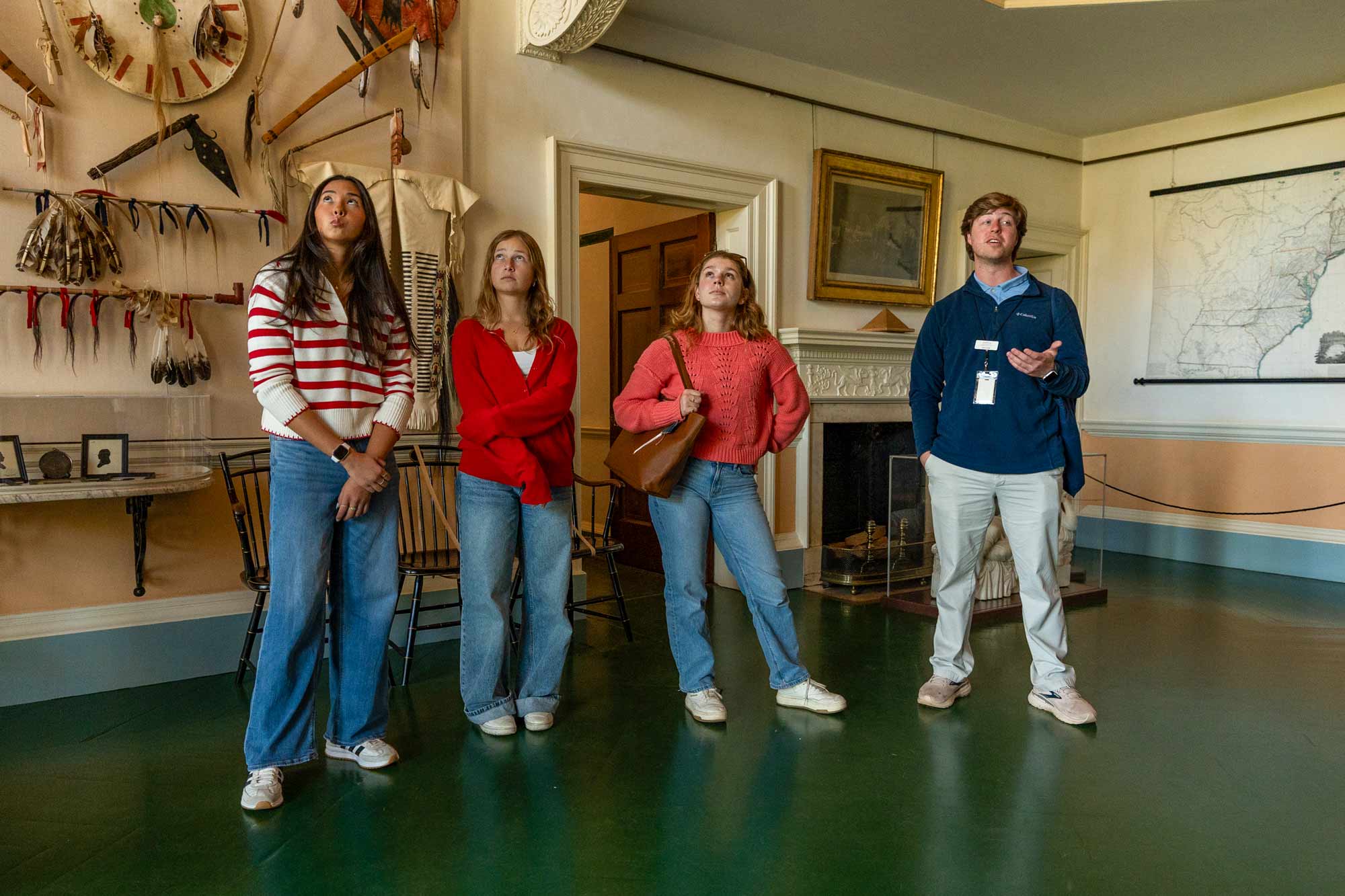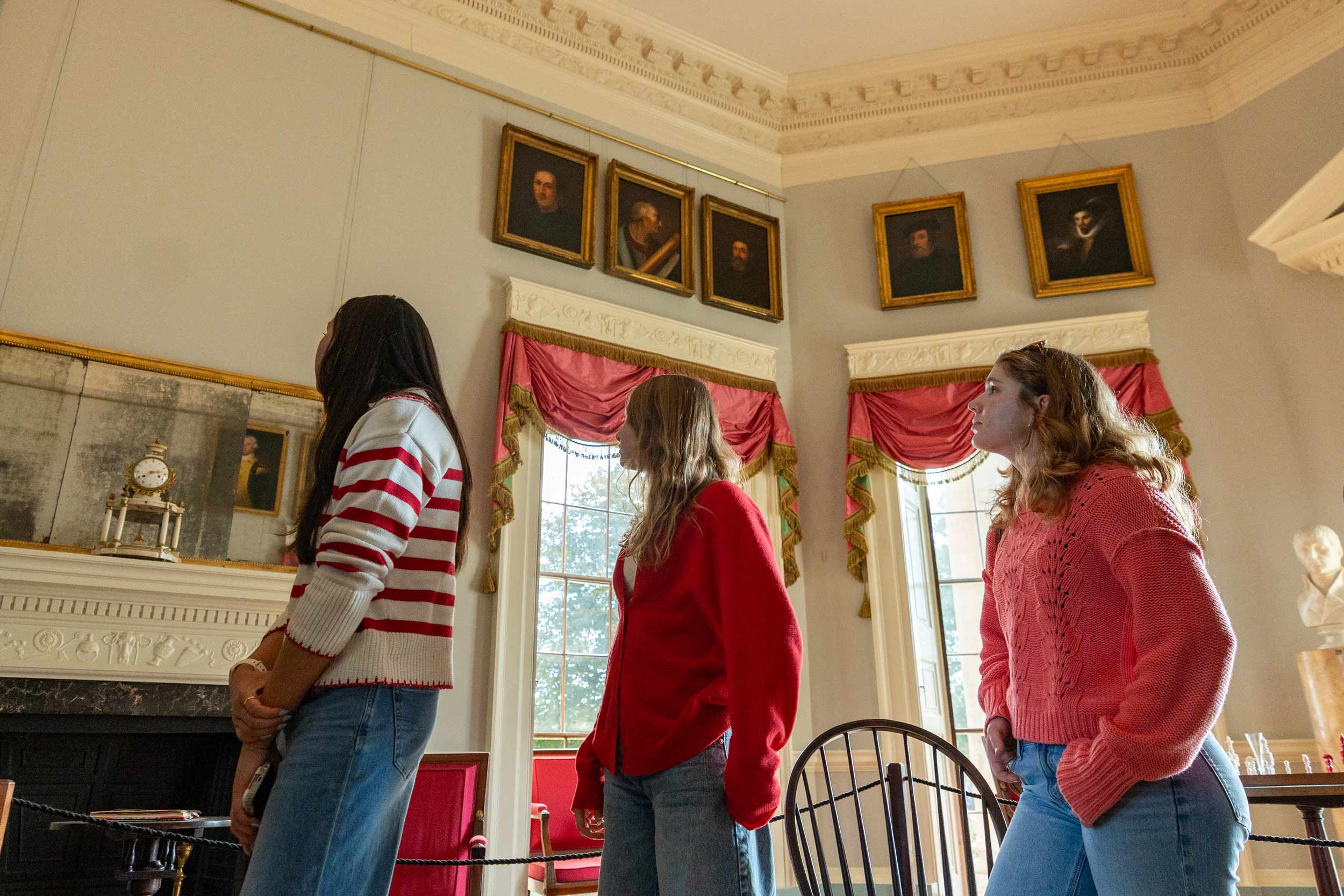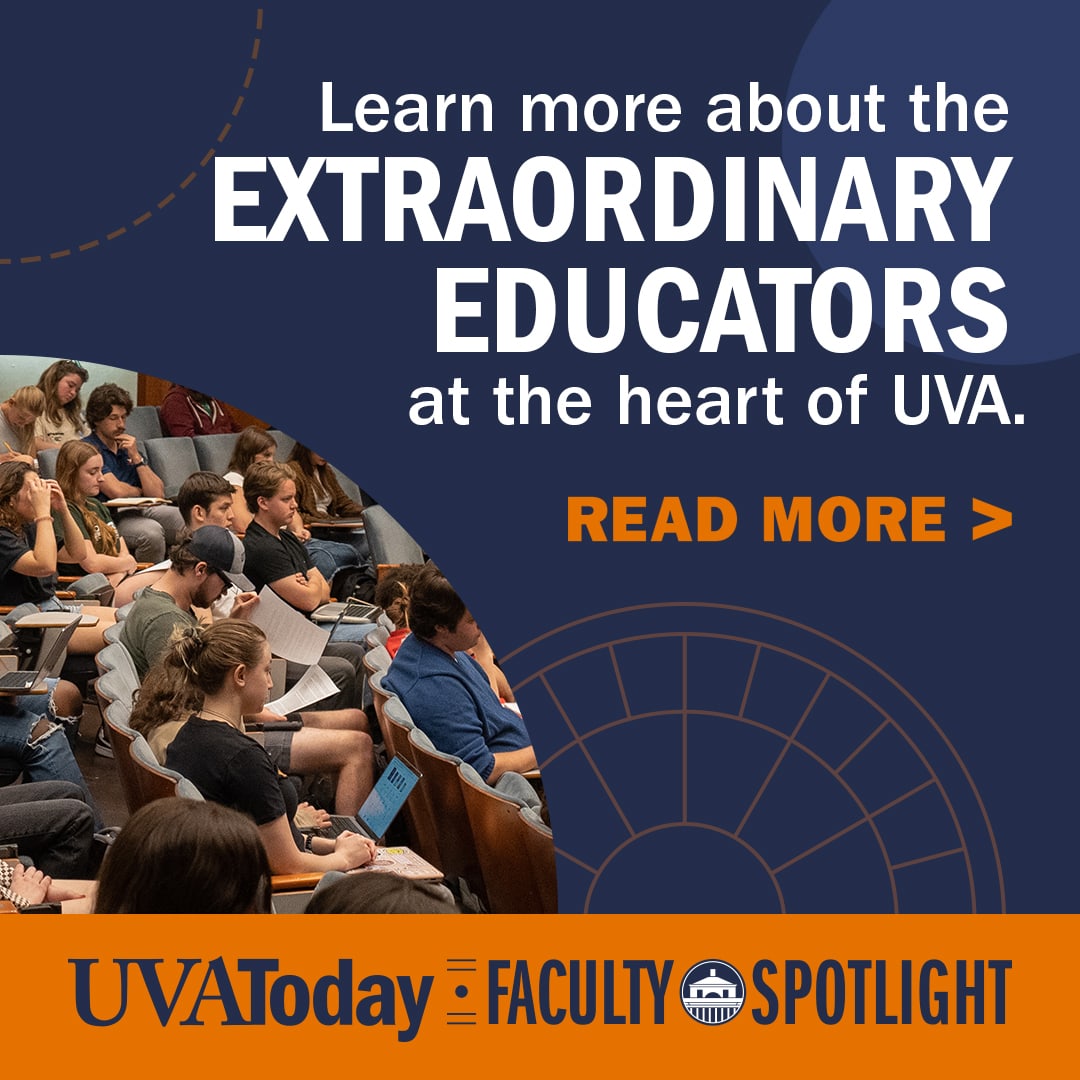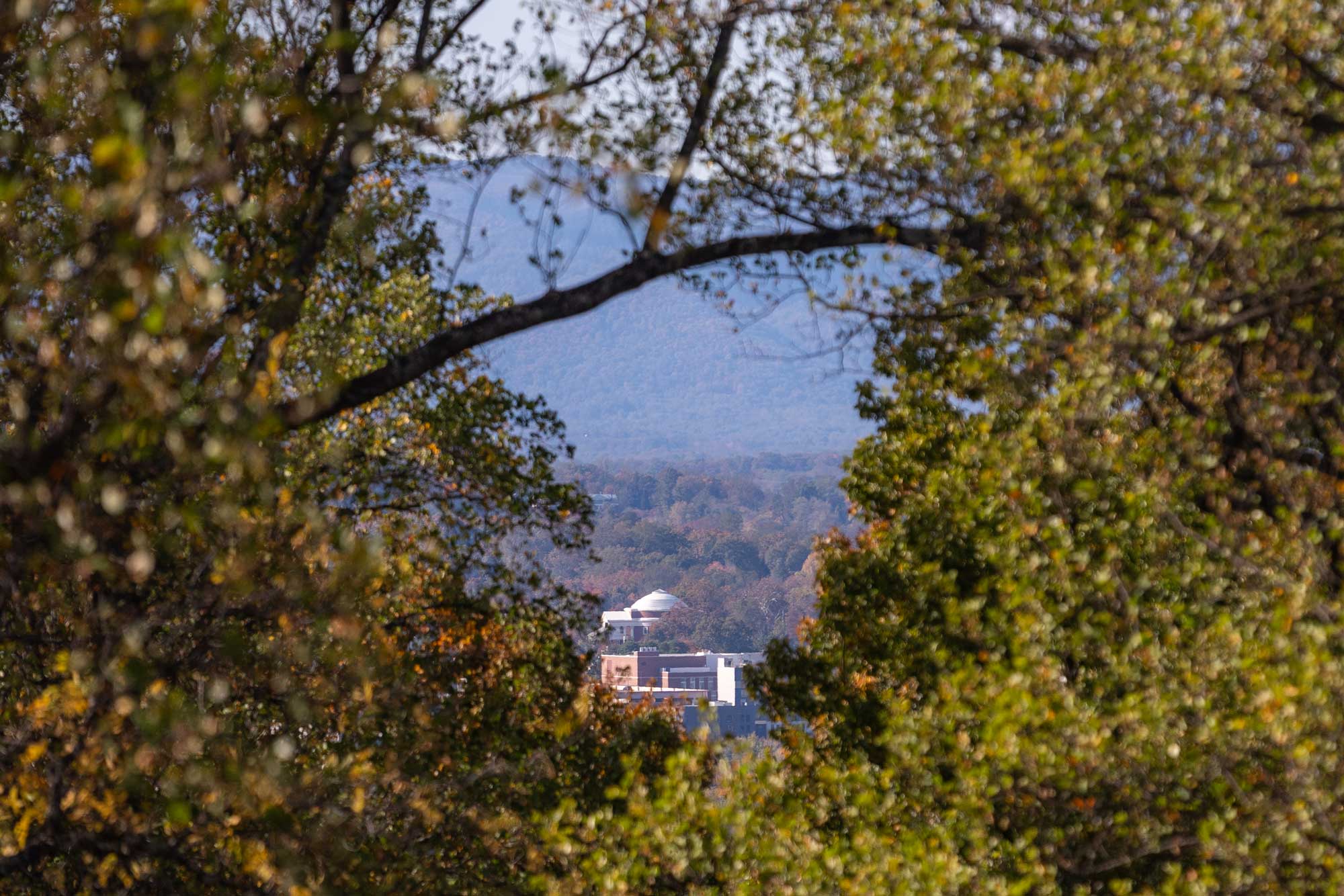University of Virginia students have plenty of reasons for not having visited Monticello, the home of UVA founder Thomas Jefferson. Perhaps they grew up far away, or their families never quite made it there, or they lack a way to make the five-mile drive.
The Thomas Jefferson Foundation, which owns and operates Monticello, has removed one potential obstacle: cost. UVA students can obtain one free ticket by showing their student ID, saving $42 over the normal admission price for the standard tour. And with Family Weekend approaching, the transportation issue may be temporarily resolved.
UVA Today recently used its social media accounts to invite students to make their first trip to Jefferson’s home. Three first-year students took us up on the offer, and on a beautiful fall afternoon, made the trip up the mountain to learn more about the country’s third president.

Tourists stroll the grounds of Monticello during one of the busiest months of its visitation season. (Photo by Erin Edgerton, University Communications)
Ellie Williams and Jackie Green came to UVA from Chicago and Henderson Harbor in upstate New York, respectively, so it’s no surprise they had never visited Monticello. Green, in fact, had only visited Charlottesville “for a few hours” before choosing UVA.
Both said they were curious to learn more about the University’s founder.
“I loved ‘Hamilton,’ so I know a little bit about him from that,” Williams said.
Caroline Geeslin hails from Falls Church, and although her family had visited Williamsburg and Jamestown, they never made it to Monticello. “I feel like I definitely don’t know much” about Jefferson, Geeslin admitted.

From left, Williams, Green and Geeslin look around the entry foyer, which guide Kolton Smith, right, explains served as a private museum for Jefferson’s many visitors. (Photo by Erin Edgerton, University Communications)
After driving most of the way up the mountain past foliage nearing its fall peak, they reached Monticello’s visitor’s center, picked up their tickets, and were whisked to the mountaintop by a minibus.
After taking in the spectacular views, they met guide Kolton Smith, who described how the Jefferson family’s 7,000-acre estate once operated. Once inside, the students were struck by Smith’s explanation of the entry hall, which in Jefferson’s time served as both a public and private space, welcoming visitors who often came unannounced to pay their respects.
The hall displayed artifacts from Lewis and Clark’s expedition to explore the new American West, including fossils, taxidermy, maps and Native American items.











